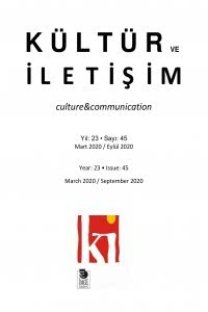Images of Suffering: Between the Obligation to Display and the Difficulty of Concealing
Images of Suffering: Between the Obligation to Display and the Difficulty of Concealing
This study reviews major arguments about the images of suffering and suggests an analytical framework for dealing with these images. There are two major contradictory claims on these images. The first one argues that images of suffering could be used as a tool for creating social change. In contrast, the second argument suggests that overexposure to these images may result in with the desensitization of the viewers. Both claims suggest that audience response is predictable and attributes an untruly great power of impact of these images on viewers. In times of conflict and war governments attribute a similar power to images to create an anti-war sentiment in public and therefore collaborate with the press to control images especially during wartime. The governments use “pool system” and embedding system to exert more control over news. Furthermore media use formal or informal standarts and viewer’s taste as a pretext to regulate photographic representation of violence. Morover images of atrocity could be used as a tool for trampling human dignity and also for political intimidation by the ruling power. These photographs are taken not by the professionals, but the soldiers or the people who commit violent acts. But they can be used as a means of criticizing the violence in another sociohistorical context. To conclude, the meaning of these images is not steady, possible meanings that an image would attribute will always depend on framing and the sociohistorical context. Although images have a particular impact on viewers, this impact cannot be anticipated in advance and the meaning of these images is not steady. Possible meanings that a photographic image would attribute will always depend on framing and the socio-historical context. This study will highlight this framing and contex by focusing on some key examples.
